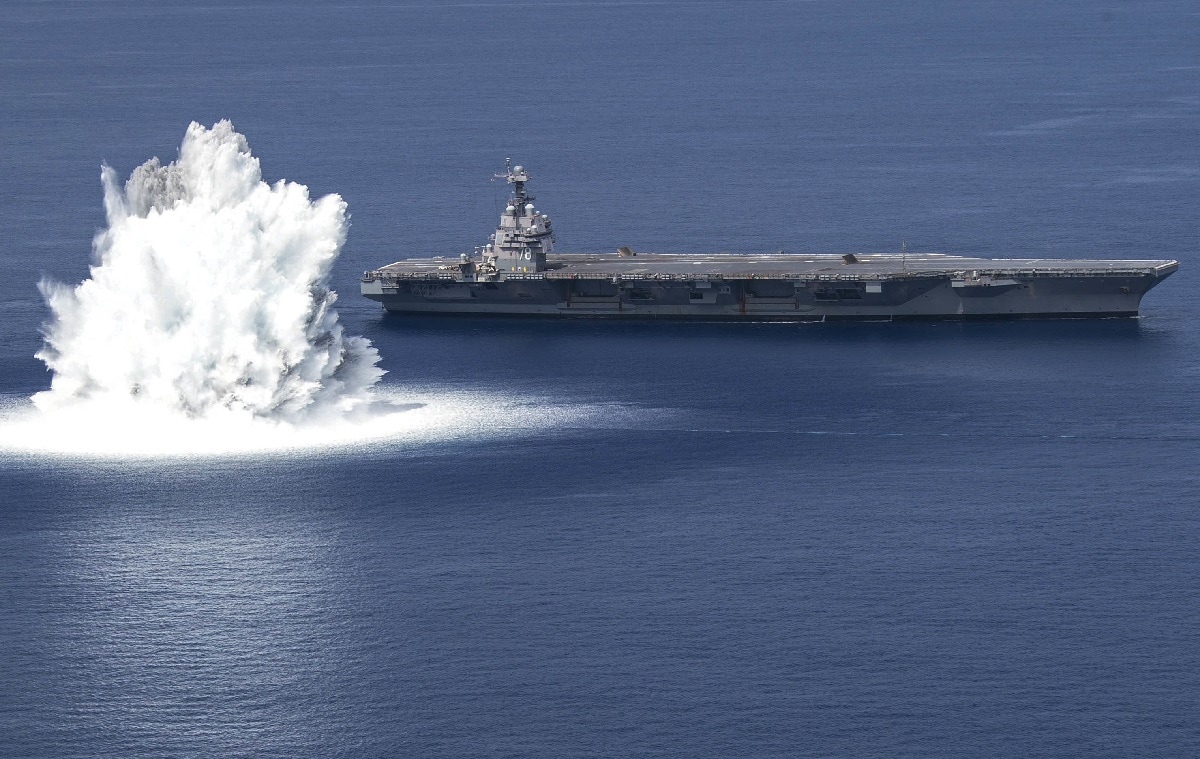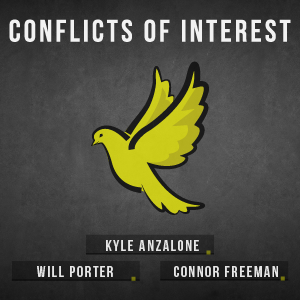Brent Eastwood does a splendid job elucidating so many of the problems of the fatally flawed Ford super-carrier. I suspect he had to say “promising” but there is nothing here for the 21st century; this is the chariot and crossbow of the next generation. This is the sunken cost fallacy afloat. The prudent policy is to retire these behemoths immediately and completely rethink US and Western surface naval combat. The era of manned combat aircraft is over, whatever is aloft is a zombie force on borrowed time. The US Navy is quite literally playing chicken with thousands of lives in a gamble that the opponents will blink.
They won’t.
They can’t.
As we have discussed before, the strike package projection from a single super-carrier is less than ten birds with a combat radius of less than 750 nautical miles. China, Russia and Iran (not to mention the Houthis in Yemen) have the capacity right now to disable or sink a carrier near their homelands. They have been perfecting this amelioration effort for years if not decades, they are ready.
Key Points: The U.S. Navy’s Ford-class aircraft carriers represent technological advancement but face five significant challenges.
–First, the cost is staggering, with the Gerald R. Ford exceeding $13 billion and maintenance costs nearing $27 billion over its lifetime.
–Second, construction delays have plagued the program, with delivery timelines stretching years.
–Third, evolving threats like anti-ship missiles, hypersonics, and drones put carriers at significant risk.
–Fourth, resupplying the massive vessel for long deployments remains logistically challenging.
–Lastly, advanced technologies like EMALS and Advanced Arresting Gear have faced reliability issues.
-While promising, the Ford-class program has sparked debates about cost, delays, and future survivability.
The U.S. Navy’s Ford-Class Aircraft Carriers: 5 Biggest Problems
Not only is the super-carrier crippled by existential problems in capability, its very existence is reminiscent of the Battleship Hypnotism that enthralled admirals of the West prior to 8 December 1941.
A live-fire battle with China would answer many of the following questions. Can a carrier survive a direct hit from an anti-ship missile? Do carriers need to patrol outside the range of the Anti-Access/ Area Denial defensive bubble that the Chinese have so deftly created around their First Island Chain? Will manned or unmanned submarines be the death of a U.S. aircraft carrier?
These questions will have to be pondered by some of the best thinkers in the U.S. Navy. Otherwise, the Gerald R. Ford will not be worth the exorbitant cost, and future aircraft carriers of the Ford-class may be reconsidered.
The next war may include anti-ship missiles, drones, and submarines. Carrier-based combat could be made obsolete by asymmetric weapons and a determined enemy who is likely to try anything to slow down or destroy the Gerald R. Ford.
The U.S. Navy’s Ford-Class Aircraft Carrier ‘Nightmare’ Has Begun
A chilling report was just issued by the CRS on 13 December 2024 filled with foreboding and magic thinking.
Navy Ford (CVN-78) Class Aircraft Carrier Program: Background and Issues for Congress
Email me at cgpodcast@pm.me














